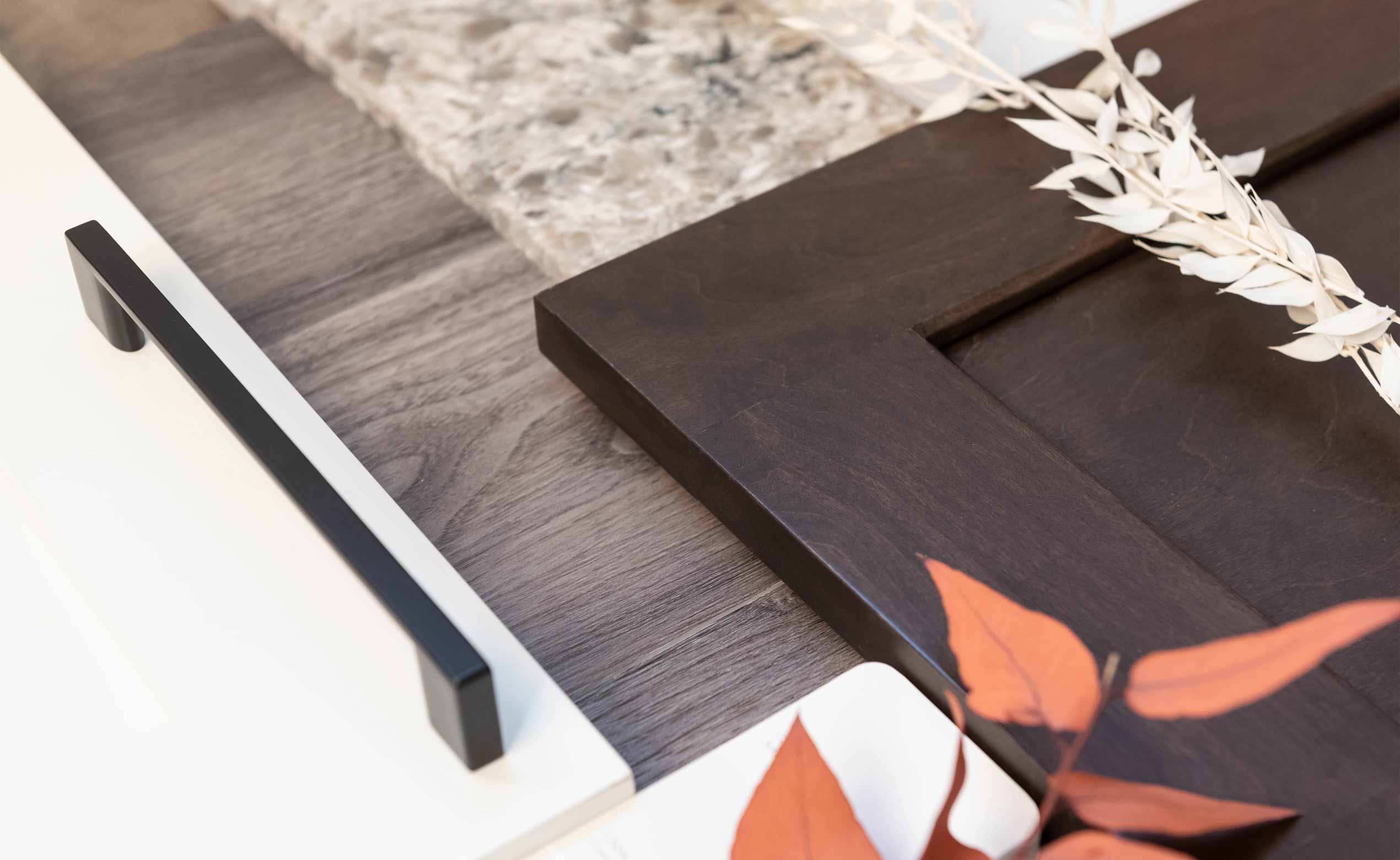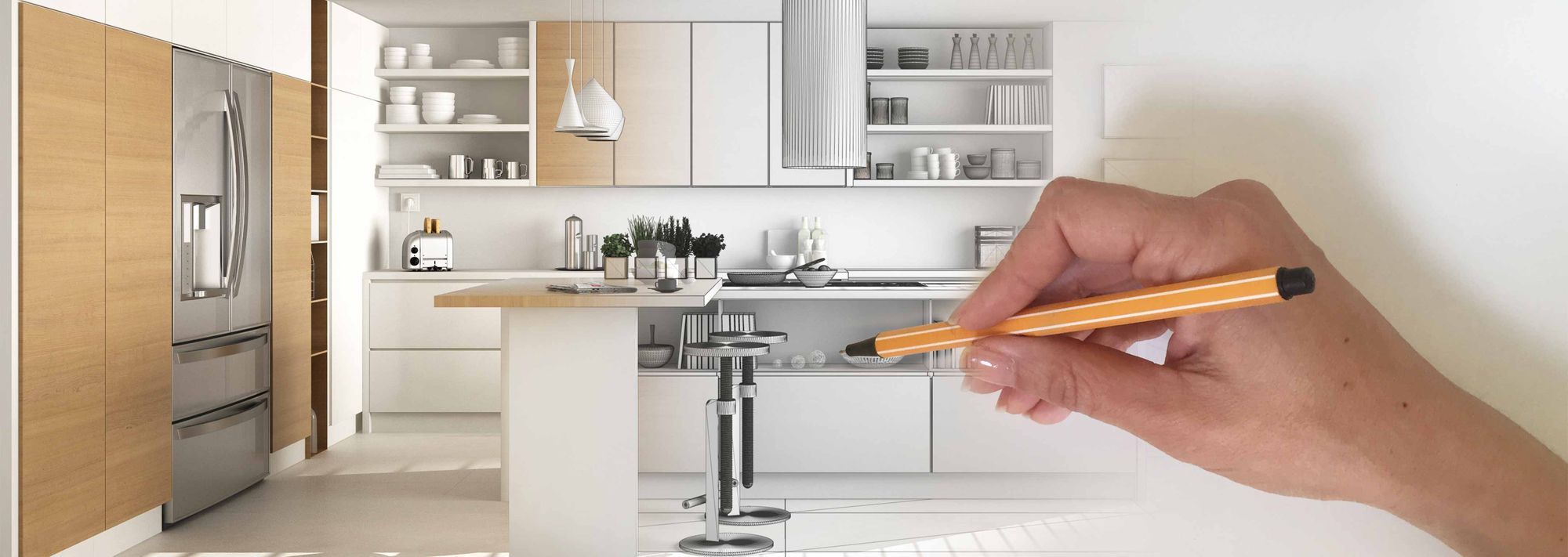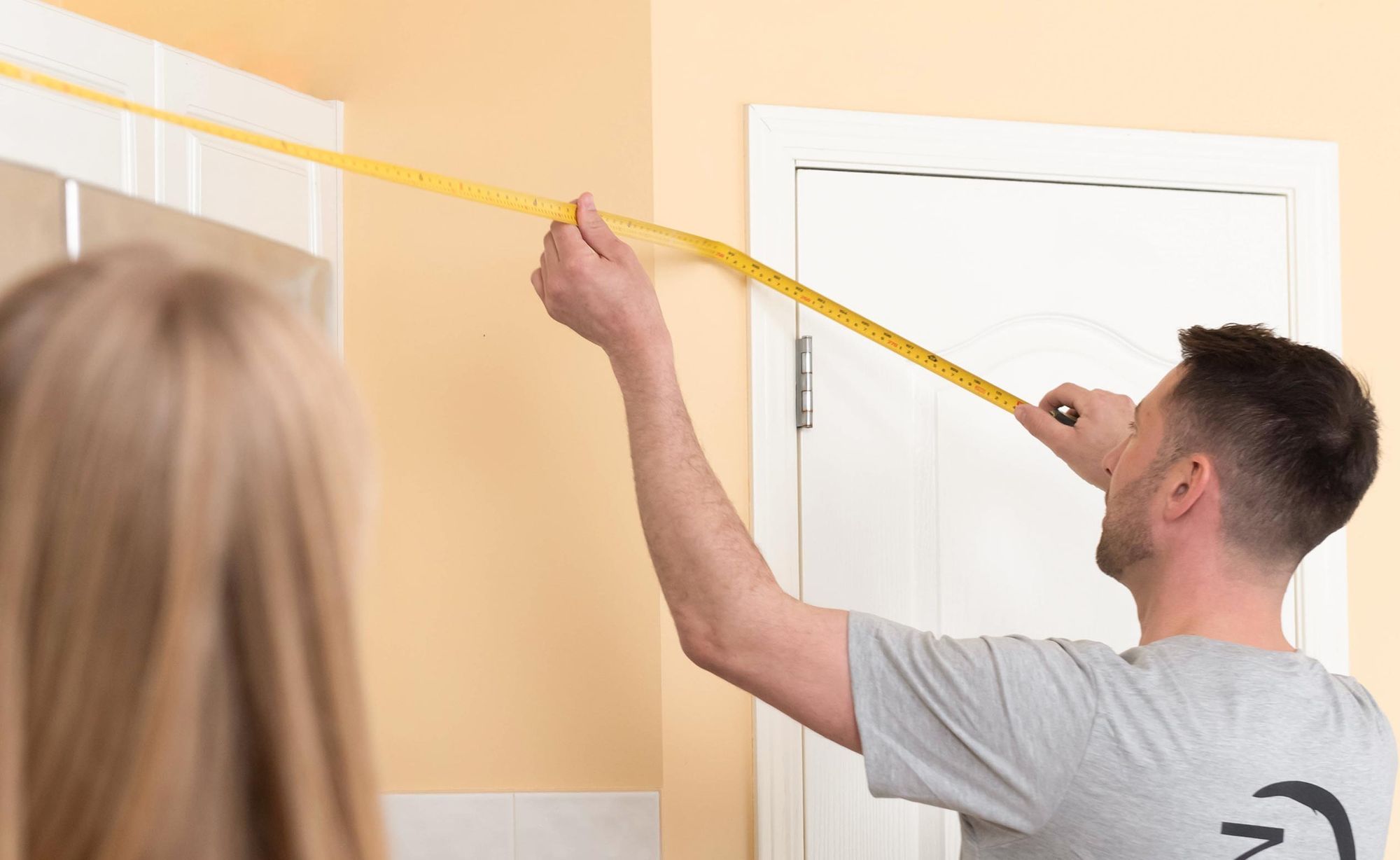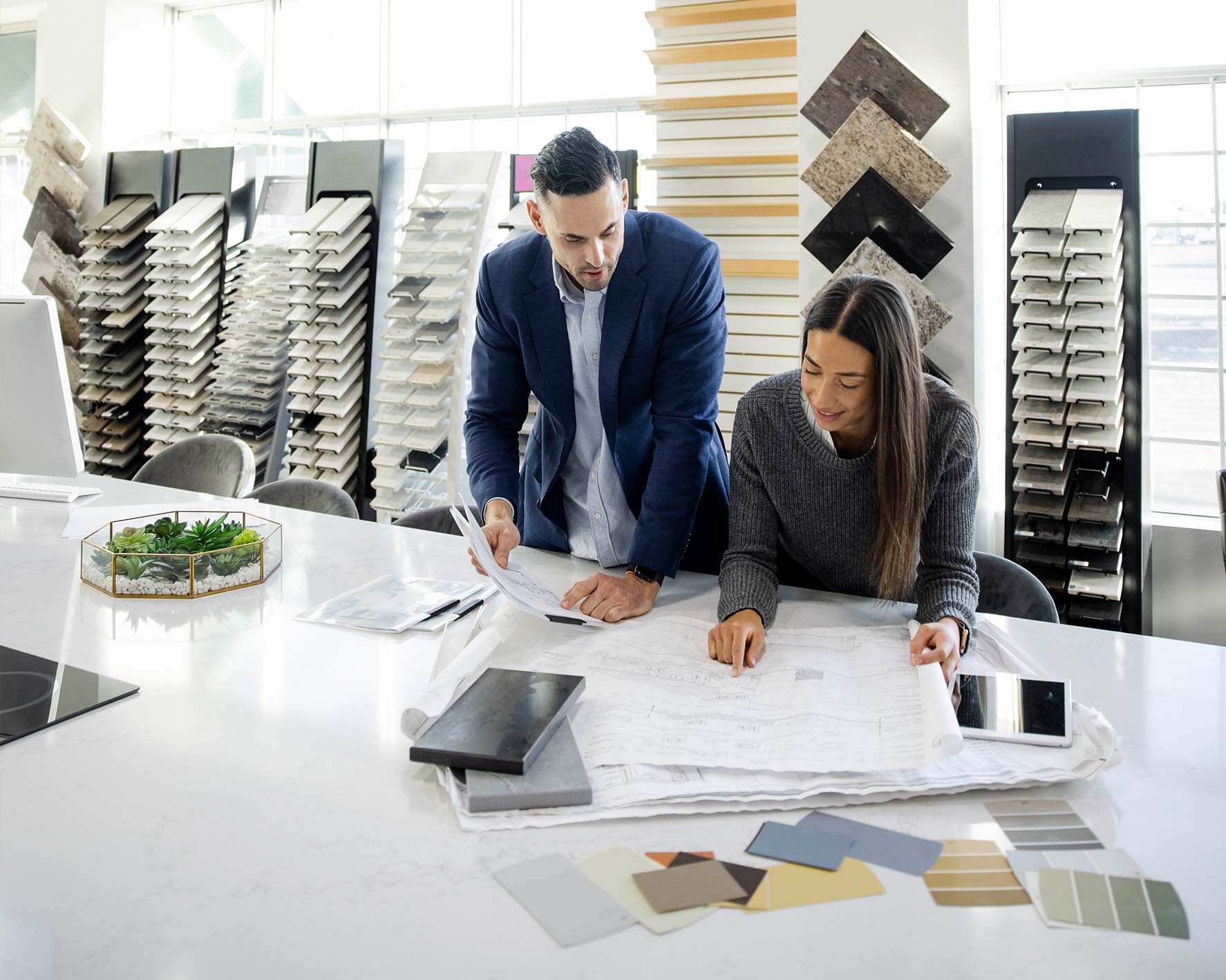Designing a kitchen is not only about functionality, but also about expressing your personal style. If you are looking for a versatile design style, mid century modern kitchen is an excellent option that can cater to a wide range of preferences. Whether you prefer classic or innovative designs, incorporating Mid-Century modern elements into your kitchen can elevate its overall aesthetic.
Here are six ways to update your kitchen and add as much or as little mid century modern flair as you desire.
Understanding Mid-Century Modern Style
Mid-century modern style emerged in the mid-20th century and was heavily influenced by the Bauhaus movement in Germany. It is characterized by clean, simple lines, and a focus on function over form. Mid-century modern design is known for its use of natural materials like wood and stone, and its incorporation of new materials like plastic, which were not commonly used in furniture design before. In the kitchen, mid-century modern style is characterized by sleek, minimalist design, bold colours, and geometric patterns. Understanding the history and defining characteristics of mid-century modern style can help guide your kitchen transformation project towards an authentic and stylish outcome.
History and Origins of Mid Century Modern Design
Mid-century modern design emerged in the mid-20th century, specifically after World War II, when there was a need for affordable housing and furnishings. Many designers and architects began experimenting with new materials and manufacturing techniques to create functional and stylish designs. The Bauhaus movement in Germany heavily influenced mid-century modern design, which emphasized functionality, simplicity, and minimalism. Designers such as Charles and Ray Eames, Arne Jacobsen, and Eero Saarinen were at the forefront of the movement and created iconic furniture pieces that are still popular today. The popularity of mid-century modern design continues to influence contemporary design, making it a timeless and classic style.
Characteristics of Mid Century Modern Kitchen Style
The mid-century modern kitchen style is characterized by its minimalist design and clean lines. It is typically designed with functionality in mind, emphasizing simplicity and practicality over ornamentation. The use of natural materials such as wood, stone, and cork is common in mid-century modern kitchen design, and these materials are often paired with bright and bold colours to create a vibrant and playful space. Geometric patterns are also a popular feature in mid-century modern kitchens, which can be incorporated through flooring, backsplash, or textiles. Additionally, mid-century modern kitchens often incorporate modern appliances and fixtures, such as stainless steel refrigerators, minimalist light fixtures, and sleek, handle-less cabinetry, to achieve a clean and streamlined look.
Designing Your Mid Century Modern Kitchen
1. Choosing the Right Colour Scheme
The colour scheme you choose is key to creating a mid century modern kitchen. Bold and vibrant colours, such as orange, turquoise, and avocado green, are popular choices for this style. Neutral colours such as white, black, and gray can also be used to create a modern and sophisticated look.
2. Materials and Textures for Mid Century Modern Kitchens
Natural materials such as wood, stone, and cork are commonly used in mid-century modern kitchen design. Incorporating these materials into your kitchen can add warmth and texture to the space. Other popular materials include metals such as stainless steel and brass, as well as glass and plastic.
3. Mid Century Modern Kitchen Furniture and Accessories
Furniture and accessories are a crucial element in designing a mid-century modern kitchen. Look for furniture pieces with clean lines and minimal ornamentation, such as Eames chairs or Saarinen tables. Accessories such as pendant lights and retro-inspired appliances can also help achieve a mid-century modern look.
4. Layout and Functionality
The layout of your mid-century modern kitchen should prioritize functionality and flow. Consider open shelving, integrated appliances, and ample counter space to create a functional and efficient workspace. A mid-century modern kitchen should be designed to make cooking and entertaining easier and more enjoyable.
5. Finishing Touches
Small details such as cabinet hardware, light fixtures, and textiles can help tie your mid-century modern kitchen together. Look for pieces with geometric patterns, clean lines, and bold colours to create a cohesive look.
6 Ways to a Mid Century Modern Kitchen Transformation
If you’re looking to give your kitchen a fresh new look, a mid-century modern transformation could be just what you need. Here are six key elements to consider:
1. Mid-Century kitchen cabinets layout
The layout of your kitchen cabinets can have a big impact on the overall style of your kitchen. For a mid century modern look, opt for simple, streamlined cabinets with minimal ornamentation. Consider horizontal lines and clean, geometric shapes to achieve this aesthetic.
Mid-century modern design is all about efficiency, maximizing space, and the strategic use of colour. Consider making clever use of the open shelving to store your belongings in a cool way that looks chic among other things like white or wood tones. Mid-Century Modern kitchen cabinets with Acrylic White, an easygoing white cabinet lacquered look finish, is the top choice of designers and architects. Try bold colour combinations, for example, make your whites pop by mixing them with funky Shangri-La orange or red leather cabinets, which give off an elegant yet casual tone perfect when you want something clean but still edgy!

2. Add Natural Element
Mid-Century Modern kitchen is all about using natural materials. Natural Stain is an easy and cost-effective way to give your space that 1950s vibe without using hardwood or engineered veneer elements. Choose natural stains in maple, oak, walnut, alder, and cherry for the rich elegant look you want. You can also create a Mid-Century Modern kitchen island with natural stone countertops having outstanding textures.
Natural elements such as wood and stone can add warmth and texture to a mid-century modern kitchen. Consider incorporating these materials into your countertops, flooring, or even your backsplash for a natural touch.

“Eventually everything connects — people, ideas, objects…the quality of the connections is the key to quality per se…I do not believe in this ‘gifted few’ concept, just in people doing things they are really interested in doing. They have a way of getting good at whatever it is.”― Charles Eames
3. Hardware
Put the finishing touches on your cabinets by adding retro-look handles. Sleekly profiled knobs and pulls that get 50s-inspired style will have you longing for a time when life was a little simpler and more practical.
Hardware is a small but important detail that can make a big difference in the overall look of your kitchen. Look for sleek, minimalist hardware with clean lines and simple shapes for a mid-century modern feel.


4. Furnishing
With the machine aesthetic, modern furniture easily came to promote factory modules, which emphasized the time-managing, efficient ideals of the period. Modernist design was able to strip down decorative elements and focus on the design of the object to save time, money, material, and labour. The focus of modern design lay heavily upon simplicity, visually pleasing aesthetics alongside function with the goal of capturing timeless beauty in spare precision.
The furniture you choose for your kitchen can help tie the overall look together. Look for mid-century modern furniture pieces such as Eames chairs or Saarinen tables to complement your cabinets and other design elements.

5. Tile
Adding a Mid-Century inspired tile backsplash to your design is a wonderful way to incorporate this style. Bright colours, geodesic shapes, and interesting patterns were all the rage in the ’50s. Use bright colours or take a minimalist approach using geodesic shapes and patterns.
Tile is another great way to incorporate mid-century modern style into your kitchen. Consider using geometric patterns or bold colours to add visual interest to your backsplash or flooring.

6. Lighting
Lighting is an inexpensive and effortless way to dramatically change your space. Windows are a great way to bring in natural sunlight and make your house feel more open. For the most amount of light possible, consider sheer drapes or blinds that can be retracted when needed!
Lighting is key in any kitchen design, but especially in a mid-century modern kitchen where it can help set the tone for the entire space. Look for pendant lights or other fixtures with a minimalist, retro-inspired feel to achieve the look you’re after.

The mid-century modern lighting fixtures are inspired by European and Scandinavian designs. Designers play with geometric forms, sleek lines from new materials like plastics as well as traditional ones like wood, brass, and steel.
——
FAQs
Q1. What are some key design elements of a mid-century modern kitchen?
A: Mid-century modern kitchens often feature clean lines, minimalist design, and geometric shapes. Bold colours and natural materials such as wood and stone are also common.
Q2. How can I incorporate natural elements into my mid-century modern kitchen?
A: Consider adding wood or stone countertops or flooring. You can also add some greenery to your kitchen with potted plants or herbs.
Q3. What are some popular colours for a mid-century modern kitchen?
A: Avocado green, mustard yellow, and burnt orange are all popular colours for mid-century modern kitchens. You can also consider using white or black as a base colour and adding pops of colour through your decor or appliances.
Q4. How can I update my cabinets to fit a mid-century modern style?
A: Choose streamlined cabinets with minimalistic hardware, and consider painting them in a bold colour or a natural wood finish. You can also add some open shelving for a minimalist look.
Q5. What kind of lighting should I use in a mid-century modern kitchen?
A: Mid-century modern lighting often features sleek and simple designs with clean lines. Consider using pendant lighting with a geometric shape or a simple chandelier with a minimalist design.
——
A mid-century modern kitchen transformation can bring a fresh, stylish look to your home. By incorporating elements such as simple cabinets, natural materials, minimalist hardware, mid-century furnishings, bold tile, and retro-inspired lighting, you can create a space that is both functional and visually appealing. Remember, the key to achieving a mid-century modern kitchen style is to keep things simple and streamlined, with a focus on clean lines, geometric shapes, and natural materials. Whether you’re starting from scratch or simply looking to update your current kitchen, these six key elements can help you achieve the mid-century modern kitchen of your dreams.
With a little bit of planning and creativity, you can transform your kitchen into a space that is both stylish and functional, and that reflects your unique sense of design and personal style.






